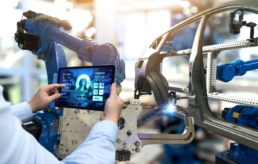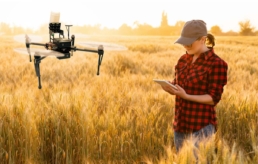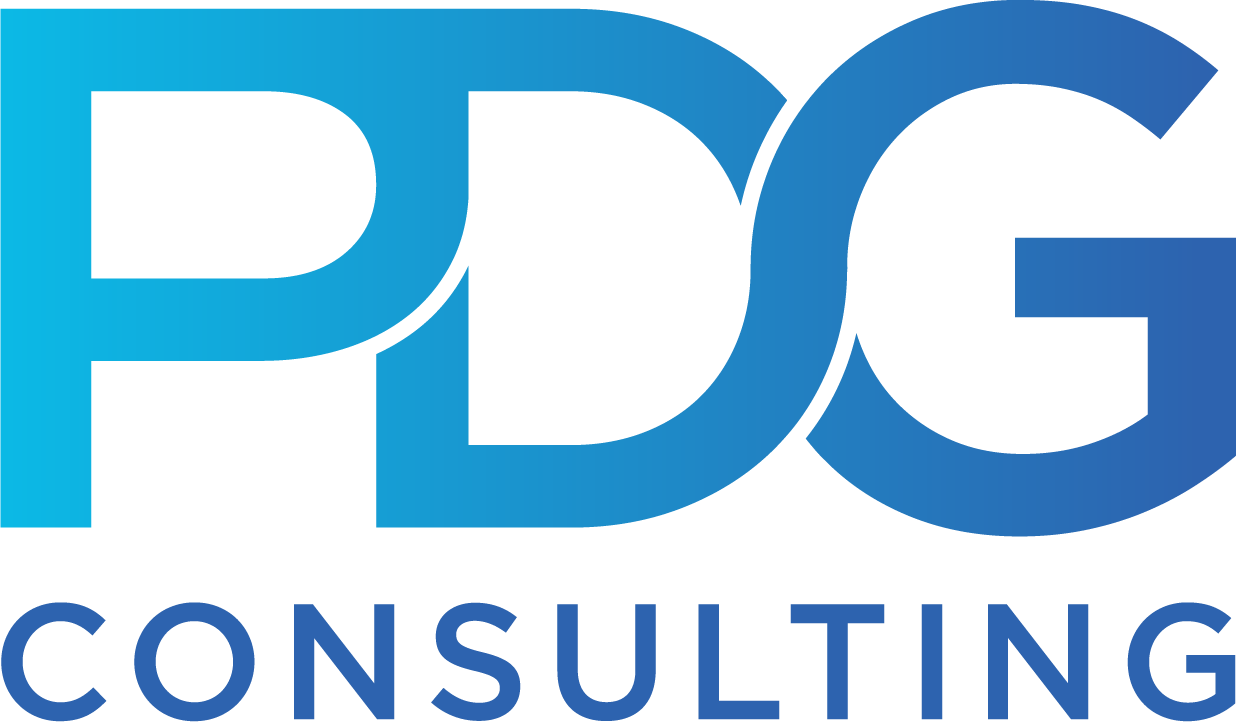IoT Software Development: Applications and Benefits
Despite achieving buzzword status over the past few years, the Internet of Things (IoT) continues to play a critical and ever-expanding role in today’s digitized, highly connected economies. But what exactly is IoT? How do developers create software for IoT and who are its major beneficiaries?
In this article, we’ll answer these questions and explore several typical IoT use cases and scenarios.
What Is IoT?
The term “IoT” was coined in 1999 to illustrate the idea of radio-frequency identification (RFID) devices in a major food and beverage manufacturer’s supply chain being connected to the internet. These days, manufacturing and industrial firms continue to benefit the most from IoT. In fact, the fourth industrial revolution is predicated on IoT—specifically, on the availability of remotely connected sensors continuously feeding data regarding a remote environment’s conditions.

As its name implies, IoT consists of a network of “things” or physical devices, more often sensor-equipped, connected to the internet and accessible or managed remotely. Their purpose is to collect data about the environment or specific conditions and may operate independently or in conjunction with other devices. Along with telemetry, IoT is increasingly used in critical decision support at the edge—for example, machine learning (ML)-powered IoT cameras for detecting defects or packaging mistakes. This is because of the increasing power of embedded systems (more on that later) and ability of remote resource-constrained devices to do higher-order functions and decision-making.
These days, a myriad of commercial off-the-shelf (COTS) IoT solutions are available that enable organizations to quickly deploy IoT in their environments. Firms may also develop and implement customized software applications paired with commodity sensor hardware and low-cost microcontrollers (MCUs) for specialized use cases.
How Industries Are Adopting IoT
Interestingly, IoT use cases haven’t changed much since its inception over two decades ago, though consumers are increasingly adopting IoT in the form of wearables and home monitoring devices (e.g., Apple Watch and Nest Thermostat). That said, businesses are still the most fervent IoT adopters, with enterprises continuing to roll out IoT solutions across virtually all industries.
The following are just a few examples of industries being accelerated and digitally transformed by IoT.
Manufacturing
IoT literally started in this industry, with Proctor & Gamble’s early connected RFID initiatives. Today, IoT is more prevalent in manufacturing than ever before, especially when it comes to predictive maintenance and anomaly detection. For example, IoT sensors enable the monitoring of discreet failure points in industrial machinery, surfacing minor issues for remediation before they result in operational disruptions, such as a stalled robot on the assembly line.
Transportation
The future of autonomous transportation is contingent on the rollout of supporting IoT infrastructure. Notwithstanding, most vehicles today already integrate a staggering array of sensors for monitoring a myriad of parameters, from engine fluid levels and braking control to cabin temperature. Newer, non-autonomous driving systems leverage IoT for collecting and integrating these sensing points into a consolidated view of the vehicle’s condition and operational status.
Farming and Agriculture

IoT is critical for a vast array of farming and agriculture use cases, from monitoring soil moisture and nutrient levels, tracking livestock and monitoring the condition of equipment such as farming plows and tractors and their usage patterns. For example, PDG Consulting is developing a platform to track remote assets on individual farms.
Retail and Home
Smart doorbells and thermostats are perhaps the most prominent types of IoT offerings in home use by today’s consumers. In the retail domain, IoT is powering autonomous or cashier-less payment systems, IoT-enabled automated guided vehicles (AGVs) for warehouse operations and smart advertising kiosks, to name a few.
Shipping and Logistics
RFID continues to play a critical function in IoT applications, especially when it comes to shipping and logistics. Smart container tracking technologies, maritime crew welfare and safety solutions (e.g., connected life vests and seafarer health monitoring devices) and hazardous cargo monitoring tools merge RFID with sensors to deliver unprecedented situational awareness and monitoring ability.
IoT Deployment: Benefits and Considerations
IoT is rapidly transforming industries through the digitization of manual processes—many that were previously unmonitored, unoptimized and undertaken by inefficient human counterparts. As for the latter, IoT improves employee safety through real-time monitoring of worker conditions (e.g., IoT sensors monitoring for hazardous compounds) and automatic accident detection systems (e.g., connected motion sensors for detecting falls or lack of motion). On the business front, IoT enables organizations to collect and correlate more data points, as well as derive new insights for driving business intelligence.
Despite its benefits, IoT may pose some challenges for organizations. Security, both digital and physical, is a critical concern, as IoT devices are expected to operate unattended for extended periods of time, often in remote locations, with little physical security. This makes them vulnerable to physical tampering, so IoT software development efforts should include features for physical security. For example, many custom IoT projects include tamper detection capabilities to verify that the device’s case hasn’t been opened.
IoT deployments can be complicated, so it’s important to ensure that the designed solution addresses the appropriate business or operational requirements. For this reason, many COTS offerings fall short, while custom-built solutions truly address the bespoke needs and requirements of the organization.
Custom IoT and Embedded Systems Development With PDG Consulting
IoT devices typically leverage onboard sensors to collect information regarding the environment. This could be the local temperature, presence of hazardous compounds, amount of airborne particulate matter or increased vibration levels, just to name a few.
To service these functions, IoT devices rely on hardware and software, not unlike that of typical desktop computers or smartphones. In this case, however, embedded systems are specially designed for the unique requirements and environments of IoT, where low power conditions, constrained computing resources and remote or rugged operations are the norm. That said, today’s embedded systems can support multiple processors, have ample memory and are built to run ML models locally—for making intelligent inferences at the edge.
These are just a few of the possibilities with today’s custom IoT software application development. To learn more, contact us to find out how PDG’s IoT embedded systems can benefit your business.
Latest
Liberty Hill and PDG: Visualizing Justice through Data
March 1, 2023
See how PDG's custom data visualization platform is helping Liberty Hill pinpoint the data needed to tell this story and fuel campaigns that aim to end the practice of arresting and incarcerating youth and putting in its place investments in youth development in our newest Customer Success Story.
Proof of Concept: Facilitating the Future of M&E Enterprises in the Cloud
Technology,OTT,Media & Entertainment
February 27, 2023
For media and entertainment (M&E) enterprises, moving to the cloud offers many benefits in future-proofing their frameworks. Learn more from our software engineers about how to properly facilitate best practices for cloud computing in today's article.
The CEMCO Customer Journey | Building A Digital Transformation Roadmap
Digital Transformation,Success Stories,ERP
February 2, 2023
Old technologies being used to run a business and make decisions can be detrimental to financial margins. See how PDG helps North American manufacturing power house, CEMCO, improve their failed ERP implementation with our digital transformation technologies.



